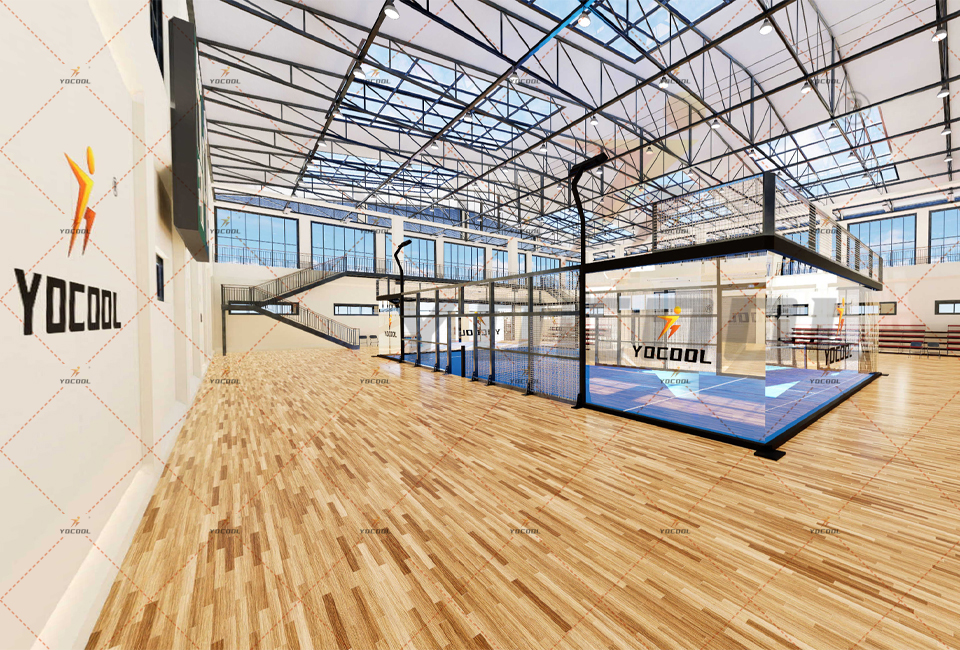

Essential Equipment Needed for Squash Manufacturers
Squash, a popular racquet sport played worldwide, has seen a steady growth in participation and interest over the years. As more players take to the courts, the demand for quality squash equipment, particularly squash racquets and balls, has surged. This booming demand necessitates efficient manufacturing processes, which require specific equipment tailored to produce high-quality squash gear. In this article, we will explore the essential equipment needed for squash manufacturers to ensure they meet the high standards expected by athletes and casual players alike.
1. Raw Material Processing Equipment
The foundation of any squash manufacturing operation lies in the raw materials. Squash racquets are typically made from a combination of materials such as graphite, carbon fiber, and various resins. Therefore, manufacturers need robust processing equipment to handle these materials effectively.
- Cutting Machines Precise cutting machines are crucial for shaping the materials to the right dimensions. Laser cutters offer the advantage of high accuracy and reduced waste, ensuring that manufacturers maximize their raw materials. - Mixing Equipment For composite materials used in racquet production, mixing equipment is vital for blending resins with reinforcement fibers. Homogeneous mixtures are essential to achieving the strength and flexibility required in the final product.
2. Molding and Shaping Machines
Once the raw materials are prepared, the next step involves molding them into the desired shapes. The specific equipment needed varies depending on the type of squash gear being produced.
- Injection Molding Machines These machines are commonly used for creating the grips and grommets of racquets. The injection molding process allows manufacturers to produce complex shapes with a high level of consistency.
- Compression Molding Machines Used for making squash balls, compression molding machines apply heat and pressure to molds filled with rubber and other compounds. This method ensures that the balls achieve the right density and bounce, critical for the game.
After the molding processes, the individual components need to be assembled. Efficient assembly lines streamline this process.
- Automated Assembly Systems Automation plays a significant role in increasing efficiency during the assembly of racquets and balls. Automated systems can handle tasks like inserting grommets, attaching grips, and stringing racquets.

- Quality Control Stations Integrating quality control stations into the assembly line ensures that each product meets the required specifications before reaching the consumer. This includes checking for defects, weight distribution, and balance in the racquets.
4. Finishing and Coating Equipment
The final touches on squash gear can significantly impact performance and aesthetics. Finishing equipment is necessary to enhance quality and durability.
- Surface Treatment Machines These machines apply various coatings, such as anti-scratch or anti-slip finishes. They are crucial for the longevity of the equipment and can also influence how players feel during use.
- Printing and Graphic Equipment Logo application and branding are essential in the competitive squash market. Digital printing machines allow manufacturers to customize their products, making them more appealing to consumers.
5. Packaging Systems
Once the products are fully assembled and finished, efficient packaging is essential for distribution.
- Automated Packaging Lines These lines streamline the packaging process, ensuring that products are securely packed while minimizing human error and exposure to potential damage.
- Labeling Machines Accurate labeling is crucial for marketing and logistical purposes. Automated labeling machines ensure that each product is properly identified and meets regulatory requirements.
Conclusion
In conclusion, the production of squash equipment requires a diverse range of specialized machinery and systems. From raw material processing to packaging, each piece of equipment plays a critical role in ensuring that manufacturers can deliver high-quality, reliable products to the market. As the popularity of squash continues to rise, manufacturers must invest in advanced technologies to remain competitive. By understanding and implementing the right equipment, squash manufacturers can not only meet current demands but also innovate for the future, fostering the growth of this exciting sport.
Premium Paddle Tennis Rackets for Every Court & Player
Premium Padel Courts: Expert Design & Installation Services
Premium Padel Courts: Panoramic Designs & Custom Builds
Premium Padel Court | Custom Designs & Quality Installation
Paddle Tennis Rackets: Unleash Power & Precision on Court
Best Paddle Tennis Rackets: Power, Control & Comfort